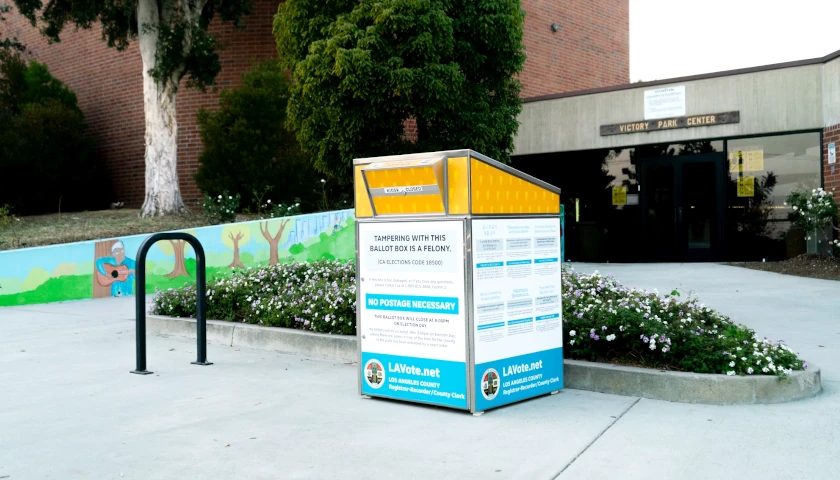by Emmie Lo
The prestigious New England Journal of Medicine in April published an article openly championing segregation as a way for medical students to learn more effectively. Unsurprisingly, the article is steeped in incredible amounts of racism.
Seven academics from the University of California at Berkeley and UC San Francisco begin with the premise that traditional medical education is “systemically racist.” They propose to split up medical students into what they call “racial affinity group caucuses,” where would-be doctors can discuss what they have been learning in their antiracism classes with other people who share their skin color. The euphemism may be “racial affinity group caucusing,” but the authors, in fact, are really advocating segregation.
The authors demonize white people and infantilize people of every other race. And, as in most diversity, equity, and inclusion literature, they reduce human beings to monolithic groups of “oppressors” versus “oppressed” based solely on race. Everything is boiled down to power dynamics.
The authors allege that traditional medical training approaches “often center White learners” and can be “retraumatizing” for students of color, “resulting in imposter syndrome, heightened anxiety, and reduced sense of belonging” for those students. The authors assert that students of color are so traumatized by past experiences of racism that simply learning alongside white students is too much of a burden for them to bear without the support of a racial affinity group, where they can commiserate and heal from their trauma with people who look like them.
And it gets worse.
“Some BIPOC people have been socialized to care for the egos of White people, to express their emotions only in ways that are palatable to White audiences, and to tread lightly around ‘white fragility,’” the authors proclaim, as if it’s irrefutable knowledge, “in order to maintain their relationships, professional status, and safety.” These academics, most of them MDs, appear genuinely to believe that students of color can’t speak their mind in a mixed-race academic setting without fear of repercussions and possible physical harm.
These authors categorize all white people as inherently untrustworthy and unsafe to be around. Only in an environment without any white people, they assert, can minority students truly “bring their whole selves” and “heal from racial trauma.”
Meanwhile, the white people must, of course, be segregated into an all-white affinity group as well, so that they may “learn to be thoughtful allies who are less dominating in integrated spaces, to elevate the voices and leadership of POC colleagues, and to iteratively reevaluate their own internalized racism and sense of superiority.”
According to these academics, all white people are racist and incapable of respecting their nonwhite colleagues in an integrated setting. They must be whisked out of sight and reprogrammed by other white people until they learn to admit and repent of their racism.
At the same time, people of color are so victimized and so weak that even the mere mention of racism in the presence of white people will cause them to relive their own trauma.
This is sickeningly racist stuff. Instead of building trust between people from different ethnic backgrounds, these public health professionals would prescribe and encourage distrust, division, and separation. Ironically, their point of view spits in the face of true diversity. Instead of promoting a free and open learning environment where people from all different backgrounds can come together and enhance one another’s learning experience by bringing different perspectives and ideas to the table, these authors call for a cramped, stagnant environment where everyone thinks and looks the same.
Diversity is bad, these authors say. Sameness is much better and much safer. As long as it continues to publish such racist garbage, the New England Journal of Medicine has no credibility whatsoever.
– – –
Emmie Lo is a writer and Latin teacher currently living in Jacksonville, Florida. You can read her personal blog at blindgirldreaming.blogspot.com and follow her on Twitter at @teabooksgirl.




